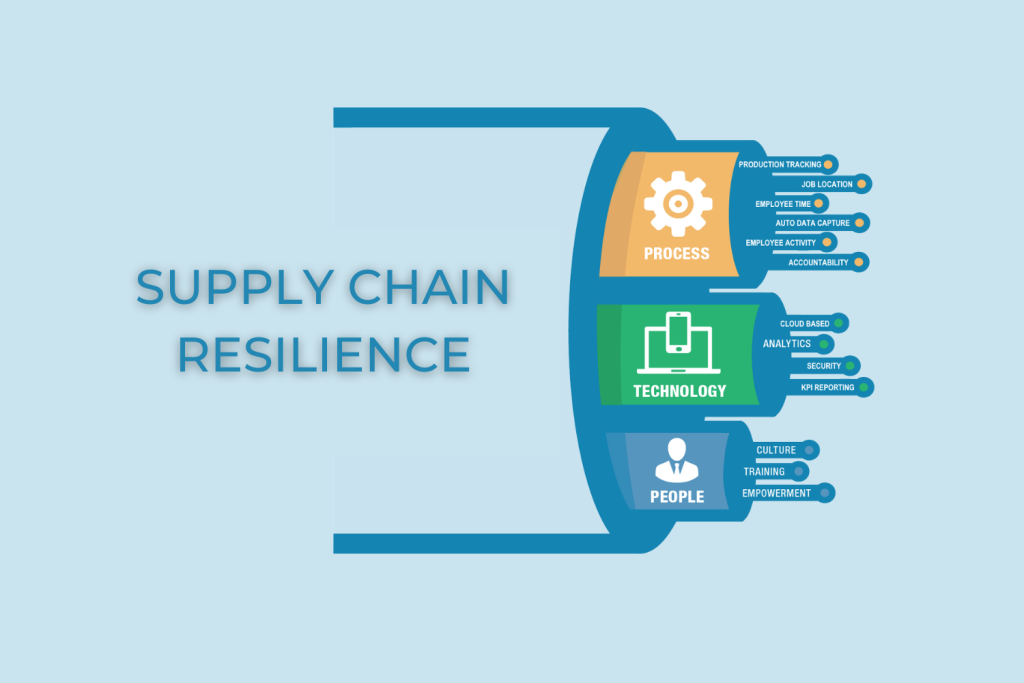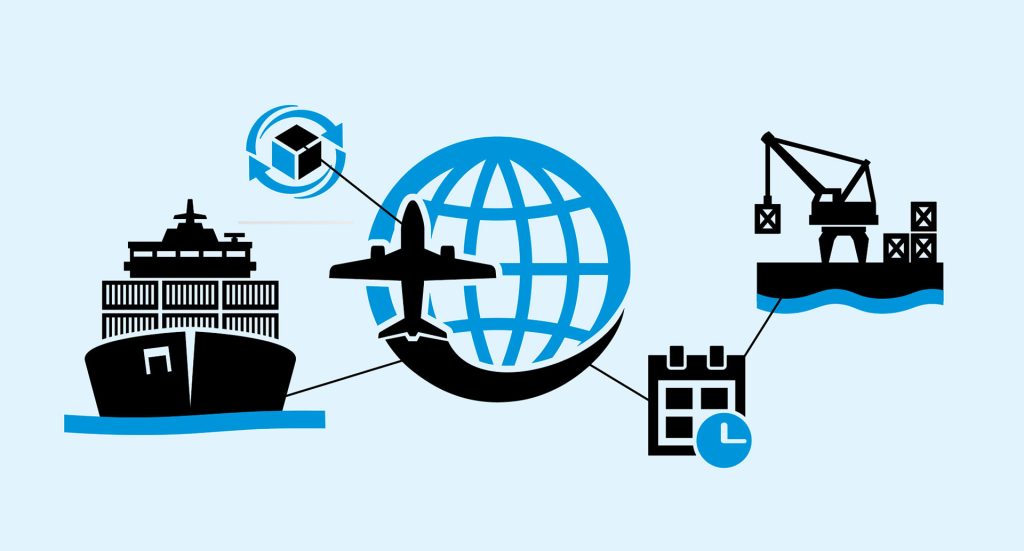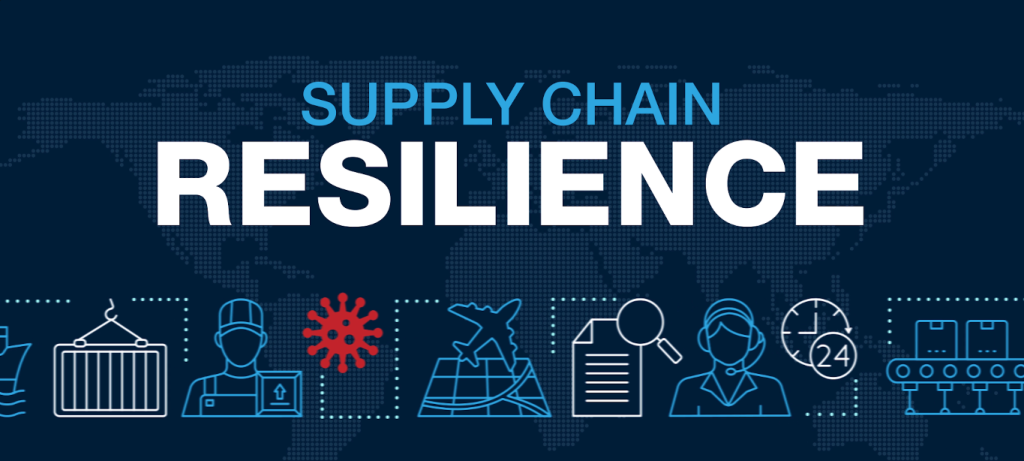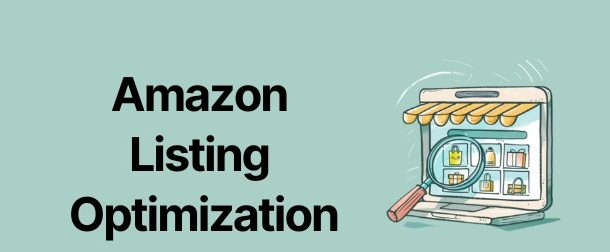
The Importance of Supply Chain Resilience in Amazon Selling
Selling on Amazon offers incredible opportunities for growth, but it also brings significant challenges—none greater than maintaining a resilient supply chain. A robust and agile supply chain is the backbone of a successful Amazon business, ensuring that your products are consistently available, your delivery promises are kept, and your customers remain satisfied.
In this article, we’ll explore the critical role of supply chain resilience in selling on Amazon, highlight the risks of neglecting it, and offer actionable strategies to enhance your operations. Whether you’re a seasoned seller or just starting, understanding this key aspect will help you thrive in the competitive Amazon marketplace.

Why Supply Chain Resilience Matters for Amazon Sellers
1. Meeting Amazon’s High Standards
Amazon’s Seller Performance Metrics demand fast, reliable fulfillment, whether you’re using Fulfillment by Amazon (FBA) or Fulfillment by Merchant (FBM). Delayed shipments, stockouts, or canceled orders can lead to penalties such as lower search rankings, restricted account access, or even suspension. A resilient supply chain helps you meet these requirements by reducing the risk of disruptions.
2. Protecting Your Brand Reputation
Customer satisfaction is paramount on Amazon. Negative reviews stemming from delays or poor product availability can tarnish your brand’s image. On the flip side, consistently meeting delivery expectations can boost your ratings, leading to higher visibility and conversion rates.
3. Reducing Costs and Boosting Profit Margins
An optimized supply chain minimizes operational inefficiencies like overstocking or expensive last-minute shipping. With better inventory management, you reduce costs while ensuring products are always available, directly impacting your bottom line.
Key Risks to Supply Chain Resilience

Amazon sellers face a variety of challenges that can threaten supply chain stability. These include:
- Global Disruptions: Events like pandemics, natural disasters, or geopolitical tensions can delay shipments and increase costs.
- Supplier Issues: Dependence on a single supplier or region makes you vulnerable to production or delivery delays.
- Demand Fluctuations: Seasonal spikes, unexpected product trends, or inaccurate forecasting can lead to stockouts or overstocking.
- Amazon Policies and Storage Limits: FBA sellers must navigate Amazon’s changing storage fees, restrictions, and restock limits, which can complicate inventory planning.
Strategies to Build Supply Chain Resilience
1. Diversify Your Suppliers
Relying on a single supplier or manufacturing region can be risky. Consider sourcing from multiple suppliers across different locations to reduce dependence on one region or partner. This ensures continuity even if one source is disrupted.
2. Utilize Amazon Tools for Forecasting
Amazon provides sellers with tools like the Restock Inventory Dashboard and Inventory Performance Index (IPI). Use these to monitor stock levels, predict demand, and plan replenishment schedules. Accurate forecasting reduces both overstocking and stockouts.
3. Implement a Buffer Stock Strategy
Maintain a buffer stock of your best-selling products, especially during peak seasons or high-demand periods. While it may slightly increase storage costs, the investment pays off by ensuring availability during unexpected delays.

4. Explore Fulfillment Alternatives
For FBA sellers, consider a hybrid approach that incorporates Fulfillment by Merchant (FBM) or third-party logistics (3PL) providers. This strategy allows you to keep selling even if Amazon fulfillment centers face delays or restrictions.
5. Leverage Technology for Supply Chain Visibility
Invest in inventory management software that integrates with Amazon Seller Central. Tools like InventoryLab, Jungle Scout, or Helium 10 can provide real-time updates on stock levels, shipment tracking, and demand forecasting, helping you make proactive decisions.
6. Build Strong Relationships with Suppliers
Good communication with suppliers can mitigate potential issues before they escalate. Regular updates, clear agreements, and mutual trust ensure that you’re both aligned on goals and timelines.
Future-Proofing Your Supply Chain
As the e-commerce landscape evolves, so do the challenges for Amazon sellers. Future-proofing your supply chain involves staying ahead of industry trends, adapting to changing consumer behavior, and preparing for unforeseen events. Some ways to stay proactive include:
- Monitoring Global Trends: Keep an eye on economic, environmental, and political developments that may affect your supply chain.
- Investing in Sustainability: As consumers demand eco-friendly practices, incorporating sustainable sourcing and shipping methods can enhance your brand’s appeal.
- Embracing Automation: Use artificial intelligence and automation tools to streamline operations, from demand forecasting to order fulfillment.

Conclusion
Supply chain resilience isn’t just a technical necessity—it’s a strategic advantage for Amazon sellers. A well-planned, adaptable supply chain ensures that your business can withstand disruptions, delight customers, and remain profitable in an ever-changing marketplace.
By implementing the strategies outlined above, you can strengthen your supply chain and build a thriving Amazon business. Whether you’re scaling up or seeking to improve your current operations, resilience will position you as a reliable seller in the eyes of both Amazon and your customers.
Ready to transform your Amazon business? Contact us today to learn more about how we can help you optimize your supply chain and achieve long-term success.














